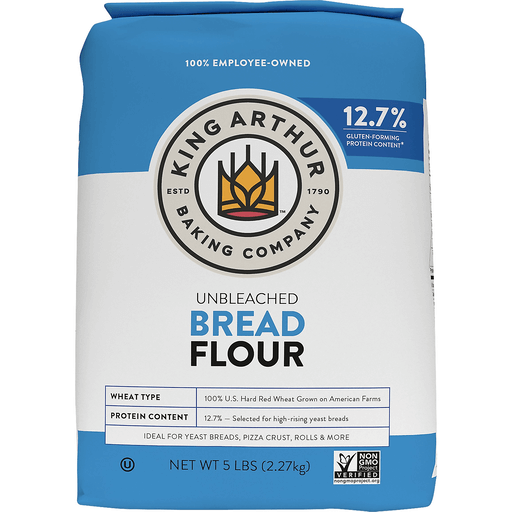What Is String Flour: Exploring the Versatile Ingredient
String flour, also known as stringy flour or tendon flour, is a unique ingredient that has gained popularity in recent years. It is a type of flour commonly used in Asian cuisine, particularly in dishes that require a chewy and elastic texture. In this article, we will delve into the details of string flour, its characteristics, culinary applications, and nutritional benefits. By the end of this comprehensive guide, you will have a thorough understanding of what string flour is and how it can be incorporated into your cooking.

String Hoppers With Harischandra White/Red String Hopper Flour
1. Understanding String Flour
1.1 Definition of String flour is a type of flour made from wheat or rice that has a high gluten content. Gluten is a protein found in wheat and other grains that gives dough its elasticity and strength. String flour gets its name from the characteristic stringy texture it creates when cooked.
1.2 Production Process The production process of string flour involves milling wheat or rice into a fine powder. The flour is then mixed with water to form a dough, which is kneaded extensively to develop the gluten strands. The dough is then washed to remove the starch, leaving behind the gluten-rich strings. These strings are dried and ground into a fine powder, resulting in string flour.

Bread Flour
2. Culinary Applications
2.1 Noodles and Pasta One of the most common uses of string flour is in the production of noodles and pasta. The high gluten content in string flour gives these dishes a satisfying chewiness. From traditional Asian noodles like ramen and udon to Italian pasta varieties, string flour can be used to create a wide range of delicious and texturally pleasing dishes.
2.2 Dumplings and Buns String flour is also an essential ingredient in dumplings and buns. The elasticity provided by the gluten in string flour ensures that dumplings have a firm and bouncy texture. Buns made with string flour have a stretchy and chewy quality that sets them apart from those made with regular flour.
2.3 Bread and Bakery Products String flour can be used in bread and bakery products to enhance the texture and chewiness. It is commonly added to doughs that require a denser and more elastic crumb, such as bagels, pretzels, and certain types of bread.
3. Nutritional Benefits
3.1 High Protein Content String flour is a good source of protein, which is essential for building and repairing body tissues. It can be a valuable addition to vegetarian or vegan diets, providing a plant-based protein option.
3.2 Gluten Considerations While string flour is gluten-rich, it may not be suitable for individuals with gluten intolerance or celiac disease. It is important to consider individual dietary needs and restrictions before incorporating string flour into your cooking.

String Hopper Flour (White)
4. String Flour vs. Regular Flour
| String Flour | Regular Flour |
|---|---|
| Higher gluten content | Lower gluten content |
| Creates a stringy texture when cooked | Does not create a stringy texture |
| Chewier and more elastic | Less chewy and elastic |
String flour is a unique ingredient that adds a distinctive chewiness and elasticity to various dishes. Whether you are preparing noodles, dumplings, or bread, string flour can elevate the texture and overall dining experience. However, it is important to consider individual dietary needs and gluten tolerance. With its versatility and nutritional benefits, string flour is a valuable addition to any culinary repertoire. Experiment with this remarkable ingredient and discover new and exciting flavors and textures in your cooking.